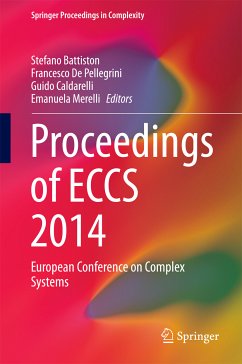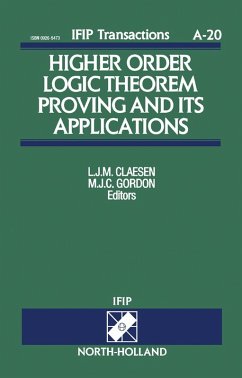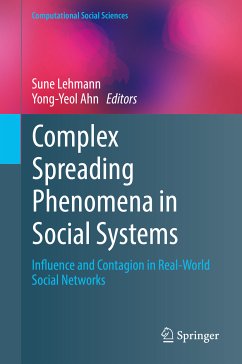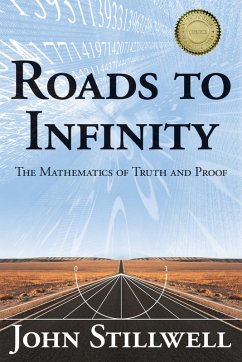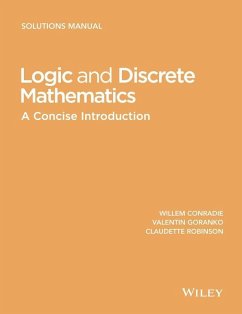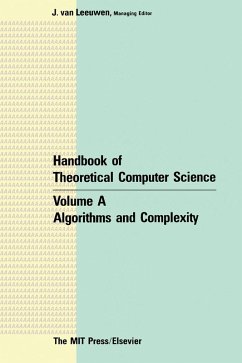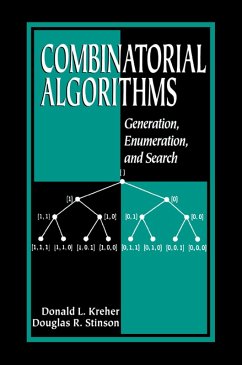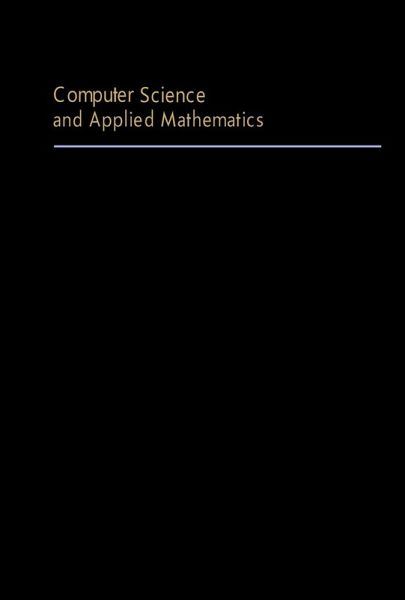
Symbolic Logic and Mechanical Theorem Proving (eBook, PDF)
Versandkostenfrei!
Sofort per Download lieferbar
40,95 €
inkl. MwSt.
Weitere Ausgaben:

PAYBACK Punkte
20 °P sammeln!
This book contains an introduction to symbolic logic and a thorough discussion of mechanical theorem proving and its applications. The book consists of three major parts. Chapters 2 and 3 constitute an introduction to symbolic logic. Chapters 4-9 introduce several techniques in mechanical theorem proving, and Chapters 10 an 11 show how theorem proving can be applied to various areas such as question answering, problem solving, program analysis, and program synthesis.
Dieser Download kann aus rechtlichen Gründen nur mit Rechnungsadresse in A, B, BG, CY, CZ, D, DK, EW, E, FIN, F, GR, HR, H, IRL, I, LT, L, LR, M, NL, PL, P, R, S, SLO, SK ausgeliefert werden.




